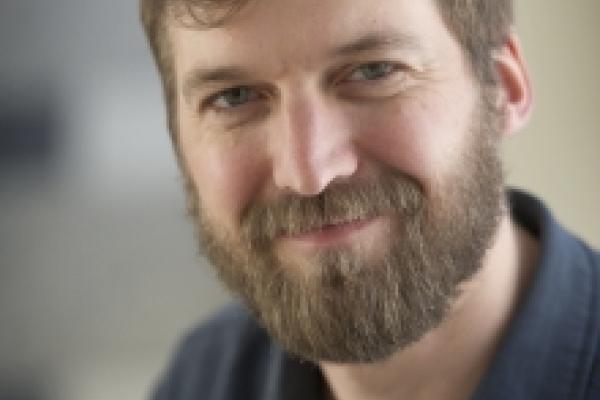
Condensed matter physics is the study of the collective behavior of infinitely complex assemblies of interacting electrons, magnetic moments, atoms or qubits. This complexity is reminiscent of the “curse of dimensionality” commonly encountered in machine learning. Despite this curse, the machine learning community has developed techniques with remarkable abilities to classify, characterize and interpret complex sets of real-world data, such as images or natural languages. Here, we show that modern neural network architectures for supervised learning can be used to identify phases and phase transitions in a variety of condensed matter Hamiltonians. These neural networks can be trained to detect ordered states, as well as topological states with no conventional order, directly from raw state configurations sampled theoretically or experimentally. Further, such configurations can be used to train a stochastic variant of a neural network, called a Restricted Boltzmann Machine (RBM), for use in unsupervised learning applications. We show how RBMs can be sampled much like a physical Hamiltonian to produce configurations useful for estimating physical observables. Finally, we examine the power of RBMs for the efficient representation of classical and quantum Hamiltonians, and explore applications in quantum state tomography useful for near-term multi-qubit devices.
